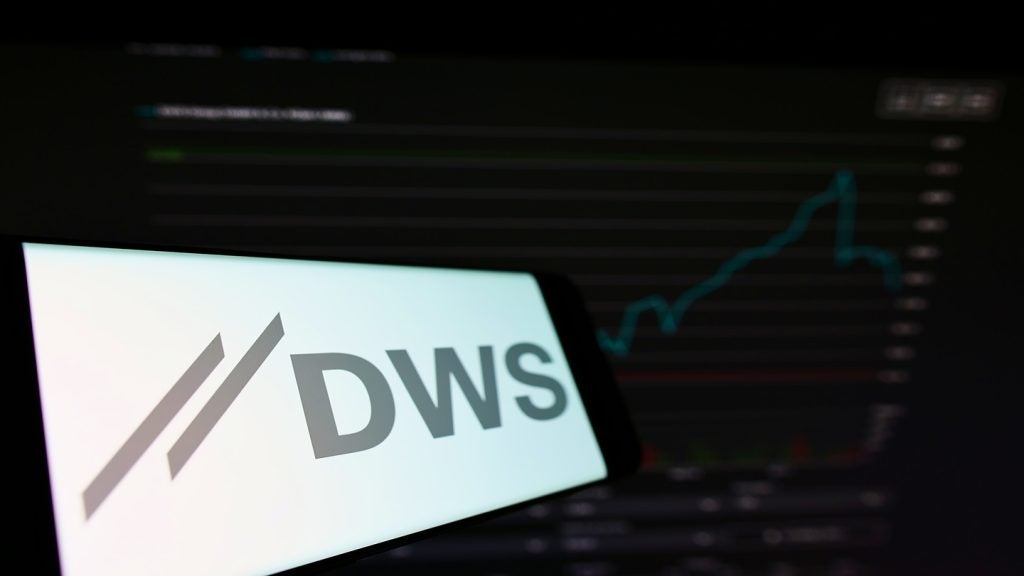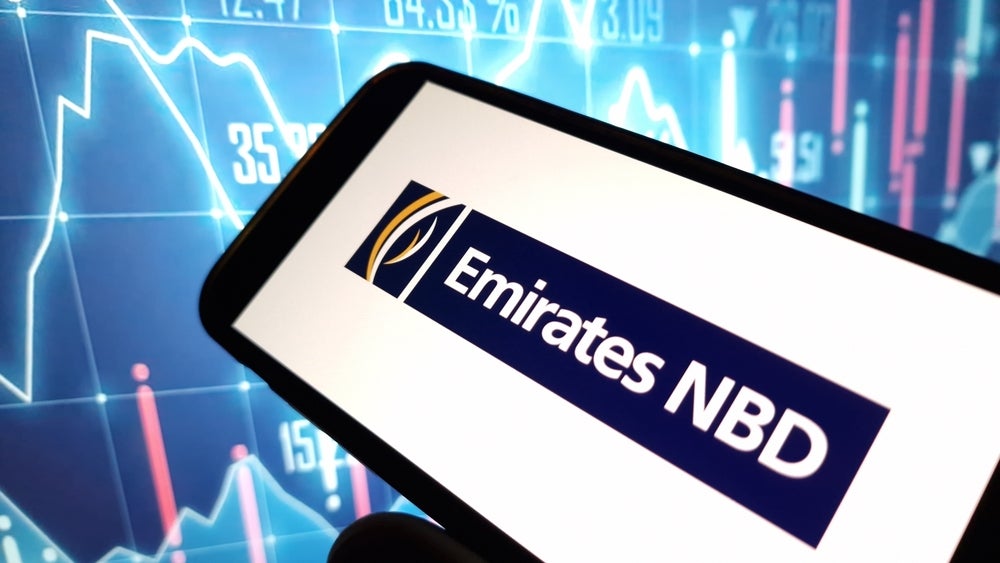Competition for private banking business in South Korea remains fierce, despite the challenges of dealing with clients who demand a high level of attention while they continue to resist paying for advice. Paul Golden investigates further
There are a growing number of potential private banking clients in South Korea. The most recent data from Korea’s FinancialSupervisory Service indicates that there are approximately 20,000 Koreans with assets in excess of $1m, of whom 8% are worthmore than $5m and 2.5% have assets in excess of $10m.
CapGemini and RBC Wealth Management’s Asia Pacific Wealth Report 2014 observes that the number of high net worth individuals (HNWI) in Korea rose by 10.3% between 2012 and 2013, while their overall wealth grew by 11.9% over the same period.
Credit Suisse’s Global Wealth Report found that wealth in Korea grew by more than 15% last year, one of the highest rates in the world. It predicts that there will be 570,000 millionaires in Korea by 2019, compared to 333,000 in 2014 – an increase of 71%.
The report notes that the financial crisis had a considerable impact on median wealth in Korea, which has not recovered to 2007
levels. However, the percentage of Asian millionaires living in Korea doubled between 2000 and 2014 and the number of UHNWIs
grew by 550 to 1900 between mid-2013 and mid-2014.
Hank Morris, a partner at banking advisory firm Triple A Partners says the scale of the private banking market in South Korea is hard to gauge, but it is growing. "I would estimate that perhaps 5% of all retail banking branches in Korea are private banking branches. The domestic market has grown from nothing 15 years ago to a substantial element of the retail side of banking in Korea.
"While private banking branches account for only a modest percentage of the overall retail branch network, the transactions done in these PB branches might account for 15% or more of the entire retail banking income of some Korean banks."
According to research by Hana Bank, the number of private bankers employed by Korean banks has increased by 30%, whilesecurities firms are targeting this market in their search for revenue to replace lower brokerage fees.
Shifting preferences
There has been a significant shift in portfolios since the global financial crisis. In 2008, real estate accounted for 51% of the average
HNW Korean’s portfolio – by 2012 that was down to 45%. Three in 10 of the HNWIs surveyed by Hana Bank said they intended to reduce their real estate investments, compared to 10% who said they intended to increase their property allocation.
There are distinct differences in the asset preferences of the various wealth groups. For instance, clients with $10m-$30m typically
invest 23% of their assets in funds and 12% in stocks. While the corresponding percentages for clients with $30m-$50m and
$50m-$100m are broadly similar (26% and 27% funds, 15% and 12% stocks).
Clients with wealth in excess of $100m make a lower allocation to funds (21%), but invest more than twice as much as their less
affluent counterparts in stocks, allocating over a quarter of wealth to this asset class.
Data from the Korea Financial Investment Association shows that the net asset value of money market funds and bond funds
increased significantly during 2014, while the net asset value of equity funds recorded a small decrease.
Korean HNWIs have favoured mid-risk, mid-return assets since 2008 with a particular focus on foreign bonds. A combination of
low interest rates and tax reforms is expected to drive up demand for tax exempt products and income funds.
Boundaries and barriers
Two of the major challenges facing international private banks in South Korea are that clients are reluctant to move their business
and that they favour dealing with local banks. Hyung Il Lee, head of private banking at Hana Bank, explains:
"Local institutions dominate the Korean market and traditionally, clients naturally move on to private banking with their main bank. Another reason for this would be the value local clients place on long term relationship with their banks.
"The turnover rate of relationship managers (RMs) working for offshore providers is comparatively high, yet RMs at local banks usually stay within the bank until they reach retirement."
According to Morris, the market leaders in the Korean private banking sector are Kookmin Bank, Korea Exchange Bank and Shinhan Bank, followed by Hana Bank. "Korean private banking customers prefer to deal with Korean banks, although both Citibank and Standard Chartered came to be seen to some extent as local since they were Korean banks that were acquired by Citi and Standard Chartered in the wake of the Asian financial crisis of the late 1990s."

Hana Bank data suggests that the average private banking client has relationships with two and a half banks.
Korean banks have sought to diversify their HNW business by expanding into other Asian markets. Hana Bank has been the most
proactive in this regard, having opened private banking centres in China, Hong Kong and Indonesia, while operating a subsidiary
in Beijing since 2008 and making a 16.9% equity investment in Chinese retail lender, Bank of Jilin. It also obtained permission for
a branch in Yangon (former capital of Myanmar) in September 2012 and is making progress on opening a branch in Ho Chi Minh.
Industrial Bank of Korea (IBK) has established a presence in China and Kookmin Bank opened a branch in Beijing.
But winning private banking business overseas has proved difficult. Shinhan Bank entered Hong Kong’s private banking market in 2008 but subsequently pulled back, while IBK and Kookmin Bank have also reined in their international private banking plans.
In this context, the most significant development in the Korean banking sector in recent times is the long anticipated merger of Hana Bank and foreign exchange specialist Korea Exchange Bank (KEB). Hana Bank holds 8.3% and 9.5% of the Korean bankingsystem’s total assets and deposits and when the KEB merger is complete, the new entity’s combined market share will be comparable to the largest banks in South Korea, according to Fitch. KEB was acquired by Hana’s parent, Hana Financial Group (HFG) in 2012.
In addition to local banks, the leading securities firms (which include Samsung, Daewoo and Mirae Asset) are players in the private
banking space, explains Lee.
A private world
One of the factors that have held back the ndevelopment of private banking services in South Korea is the inability of private banks
to offer discretionary investment services and Korea’s privacy regulations are an additional obstacle.
The prohibition on moving data outside the country presents obvious problems for high net worth individuals domiciled in Korea trying
to provide a bank in another country with their information.
The domestic private banking market has been a volatile sector in terms of client product demand in the past, experiencing very substantial and relatively rapid shifts in investment demand and preferences, for example from offshore to onshore product.
The fact that these swings in client sentiment were not simply driven by expectations around relative currency strengths and exchange rate forecasts underlines the challenge facing private bankers in the country.
Although mutual fund investment as a percentage of overall household financial assets is higher than other Asian markets, it lags
western developed markets and mutual funds compete with other forms of direct investment. As with other Asian countries, there is
a high savings predisposition. Deposits and cash accounts/money market products constitute a big part of the overall financial assets.
The underlying preference for cash-related ‘safe’ assets amongst Korean investors is illustrated by the Hana Bank research. Almost
half (46%) of portfolios of individuals with assets of between $10m and $30m is held on deposit, which drops to 40% for those with
$30m-$50m and $50m-$100m. Even the wealthiest individuals in Korea (those with assets of $100m and above) have 30% of their portfolios on deposit.
Private banking in South Korea follows a broker-dealer model, under which most of the revenue is generated through transactional/
trading services and commission on the sale of a broad array of financial products, such as deposits, funds and bancassurance products.
There have been surveys in the past that indicated some level of willingness of clients to pay for advisory services. However, the
trust element of the relationship (and arguably an education element) needed to support the more substantial adoption of this
model appears to be missing to a large degree, with surveys revealing that HNW clients would pay for advice if they believed that
such advice would, on average and over time, deliver tangible value or benefit.
One reason why Korean banks provide advisory-type services (though not generally full advisory at it exists in other markets) on
a complimentary basis is that they have been forced to rebuild customer confidence shaken by a number of banking controversies.
In August 2014, the Financial Supervisory Service cautioned Kookmin and its top executives for a lack of supervision of the bank’s
employees. The regulator has also investigated the country’s leading lenders following allegations of interest rate collusion.
Prioritising discretion
Morris explains that wealthy Koreans who use private banking services count on the discretion of banks that provide those services.
"This means that they expect (and get) facilities which are entirely separate branches of the banks. These branches are exclusive
in the sense that only the private banking customers qualify to make use of them and they are staffed by bankers who can provide
advice on interest rates available for large deposit amounts, as well as other services such as investment advice on the domestic and international securities markets and special lending facilities."
He says many South Korean private banking clients are unwilling to risk their money in equity investments either in the domestic
or foreign markets, so their bankers require detailed knowledge of the domestic and international fixed income markets. Private
banking clients may also demand deposits in foreign currencies – though the Korean Won is not yet a fully tradeable currency, it is legal to have foreign currency savings deposits.
In addition to selling investments and promoting portfolio rebalancing, private bankers in Korea are pushing services like family business succession planning and efficient wealth transfer to the next generation. However, Morris observes that it is still uncommon for banks to become involved in succession planning or family trust planning and that these services are rather provided by law firms.
He is also sceptical about Korean banks’ prospects of attracting private banking business from other parts of Asia. "The won is
not fully convertible and it would be very difficult to handle transactions for customers who are residents of foreign countries. Also,
the language of banking in Korea is Korean and this would make attracting foreign business next to impossible."
Morris suggests that most chaebol families have private banking relationships with major international banks in global centres
such as Hong Kong, Singapore, Switzerland, London or New York (the term ‘chaebol’ refers to a business conglomerate structure
that originated in South Korea in the 1960s, creating global multinationals with huge international operations. The structure can
encompass a single large company or several groups of companies).
"It is not something that rich Korean families would ever wish to discuss in any public forum, since the government has not approved the transfer of wealth outside the country," he concludes. "However, it is a fact that many wealthy Koreans do have considerable
resources outside Korea and very definitely rely upon global private banks."







